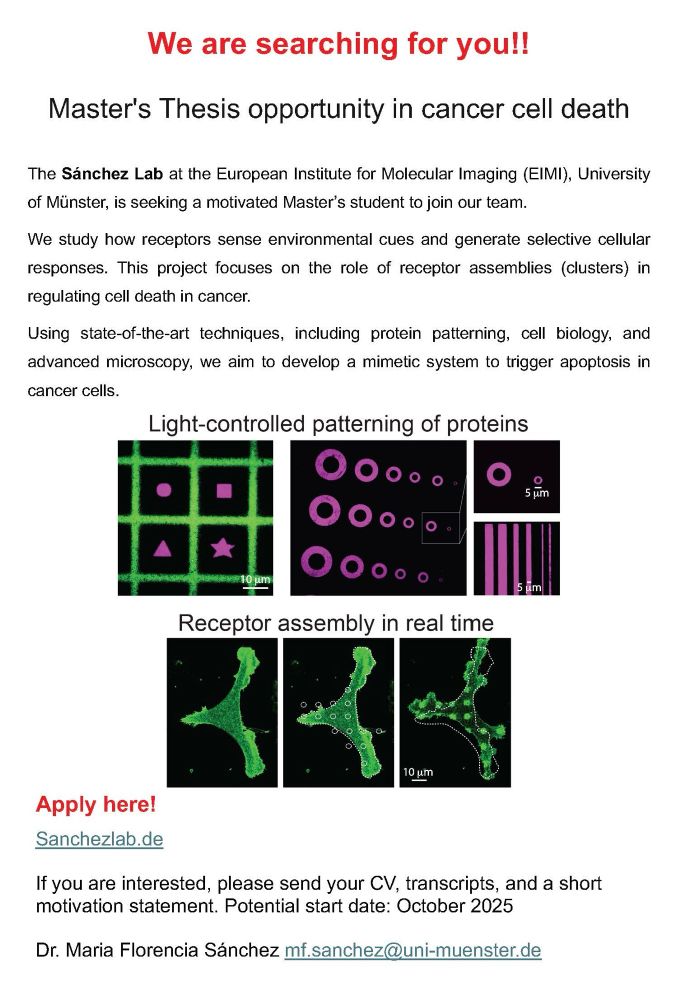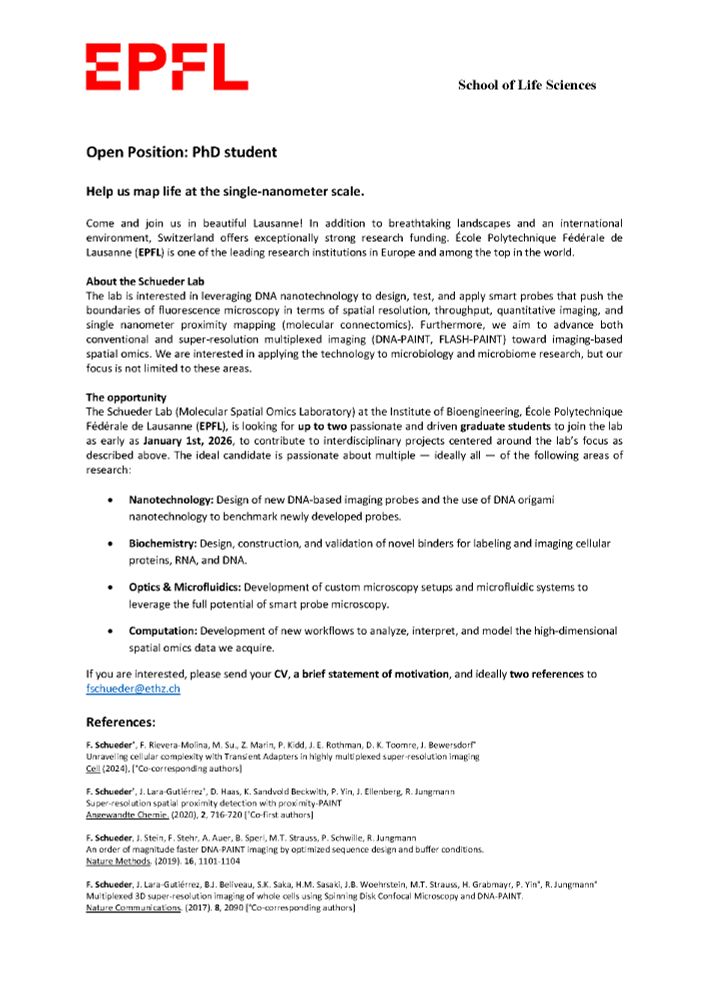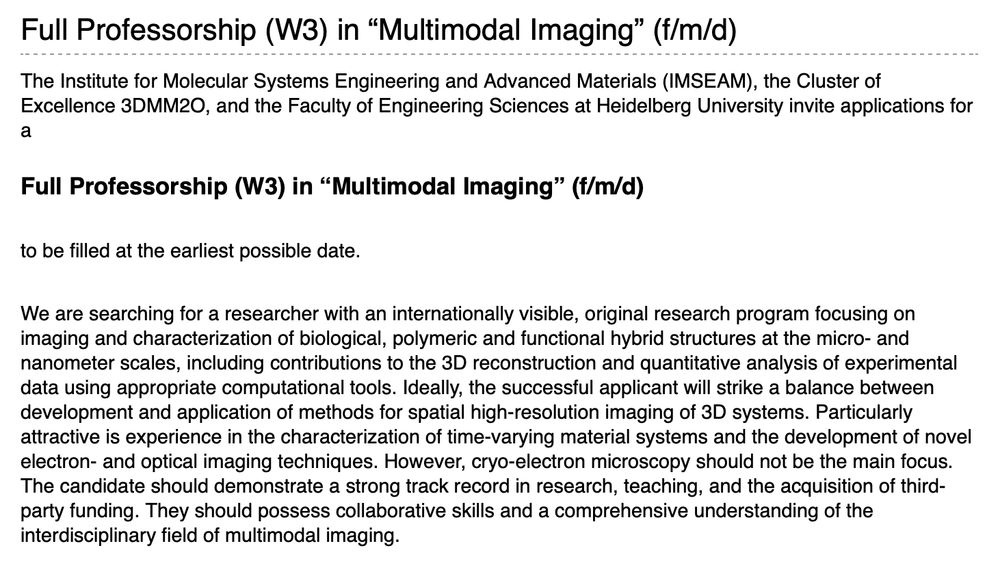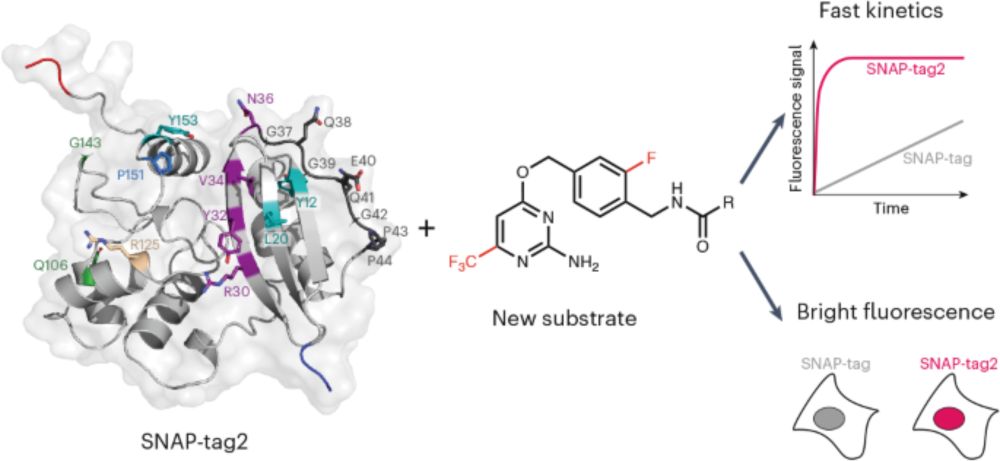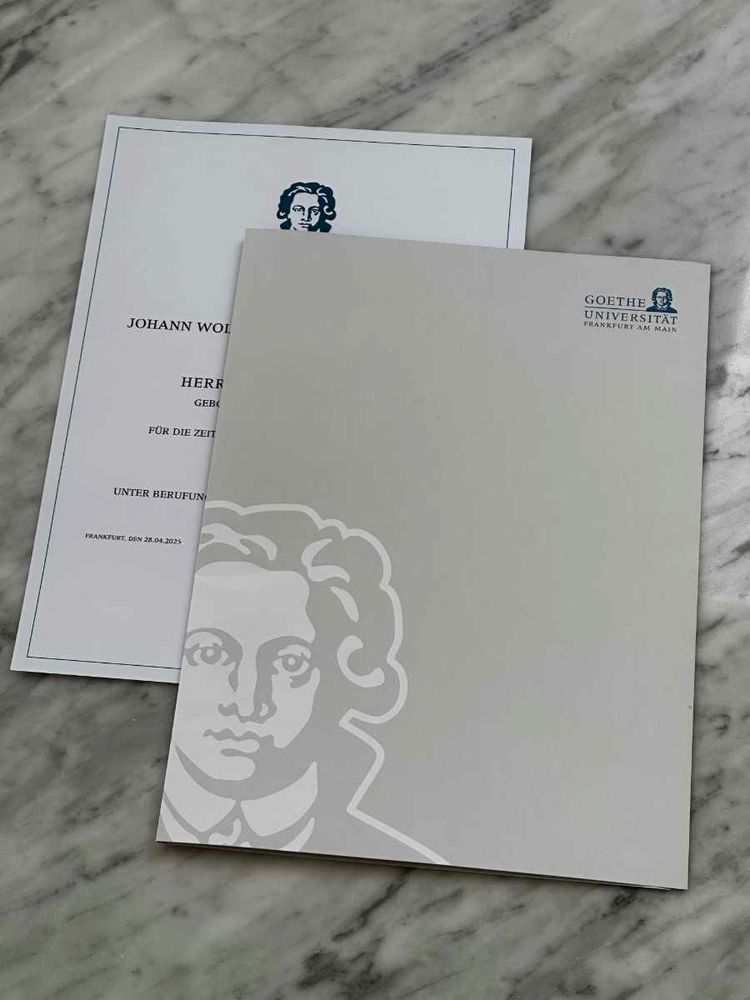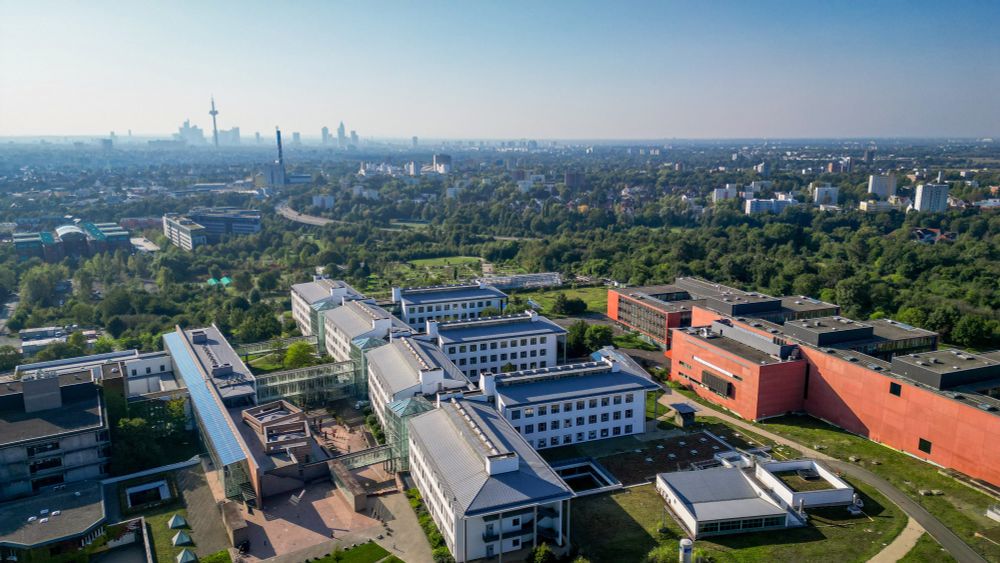Julian Kompa
@juliankompa.bsky.social
450 followers
160 following
17 posts
PhD student in the group of Kai Johnsson, Chemical Biology department of Max Planck Institute for Medical Research Heidelberg | Interested in labeling strategies for super-resolution microscopy
Posts
Media
Videos
Starter Packs
Reposted by Julian Kompa
Reposted by Julian Kompa
Reposted by Julian Kompa
Reposted by Julian Kompa
Susan Cox
@micoxscopy.bsky.social
· Aug 12

Extracting biological structure and heterogeneity from the nano to the macro scale
Fluorescence microscopy is an essential tool in biology. It has revealed great variability at multiple scales, in macromolecular complexes, cells, and organisms. Understanding this variability will re...
www.biorxiv.org
Reposted by Julian Kompa
Reposted by Julian Kompa
Rita Strack
@ritastrack.bsky.social
· Aug 1

Associate Editor or Senior Editor, Nature Methods
Title: Associate or Senior Editor, Nature Methods Organization: Nature Portfolio Locations: New York, Jersey City, Shanghai or Beijing Closing Date: August 3, 2025 About Springer Nature Springer Na...
springernature.wd3.myworkdayjobs.com
Reposted by Julian Kompa
Reposted by Julian Kompa
Julian Kompa
@juliankompa.bsky.social
· Jul 29

Thioether editing generally increases the photostability of rhodamine dyes on self-labeling tags | PNAS
Self-labeling protein tags are widely used in advanced bioimaging where dyes with
high-photon budgets outperform their fluorescent protein counterp...
www.pnas.org
Julian Kompa
@juliankompa.bsky.social
· Jul 29

Molecular recording of cellular protein kinase activity with chemical labeling - Nature Chemical Biology
Molecular recorders based on kinase activity-dependent protein labeling track specific kinase activities to understand their link to cellular phenotypes in heterogeneous cell populations and in vivo.
www.nature.com
Julian Kompa
@juliankompa.bsky.social
· Jul 29

SNAP-tag2 for faster and brighter protein labeling - Nature Chemical Biology
SNAP-tag is a widespread tool for labeling protein for bioimaging. Now, Kühn et al. report SNAP-tag2 with increased labeling kinetics and brightness, which translates into a better performance in live...
www.nature.com
Julian Kompa
@juliankompa.bsky.social
· Jul 29
Reposted by Julian Kompa
Reposted by Julian Kompa
Lucy Dornan
@lucygdornan.bsky.social
· Jul 10
Reposted by Julian Kompa
Kai Johnsson
@kjohnsson.bsky.social
· Jul 9

Fast, Bright and Reversible Rhodamine Tags for Live-Cell Imaging
We present Rho-tag and SiR-tag, engineered protein tags derived from bacterial multidrug-resistance proteins that bind unsubstituted (silicon-) rhodamines with nanomolar affinity, enabling fast, rever...
www.biorxiv.org
Reposted by Julian Kompa
Reposted by Julian Kompa
Julian Kompa
@juliankompa.bsky.social
· May 21
Zhixing Chen
@zhixingchen2.bsky.social
· May 20
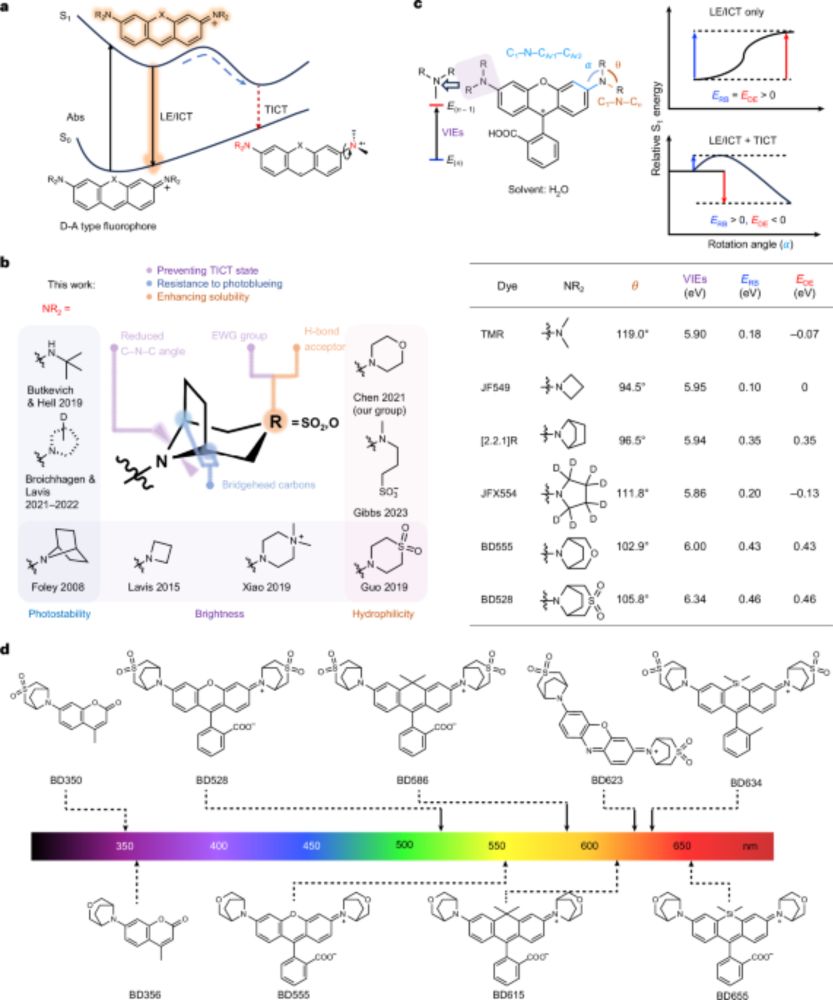
A palette of bridged bicycle-strengthened fluorophores - Nature Methods
A suite of bridged rhodamine dyes (BriDyes) offers excellent brightness, solubility, photostability, and tunable cell permeability along with resistance to photoblueing, making them exceptional all-pu...
www.nature.com
Reposted by Julian Kompa







